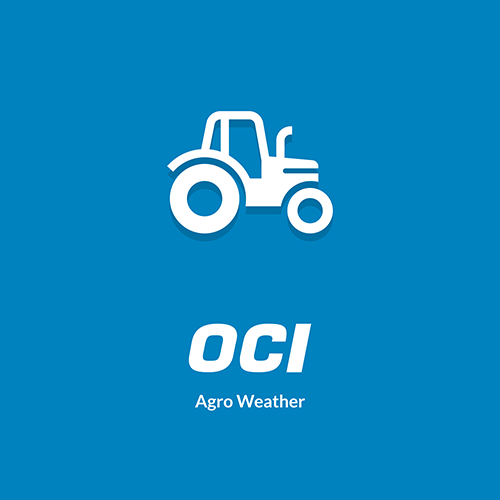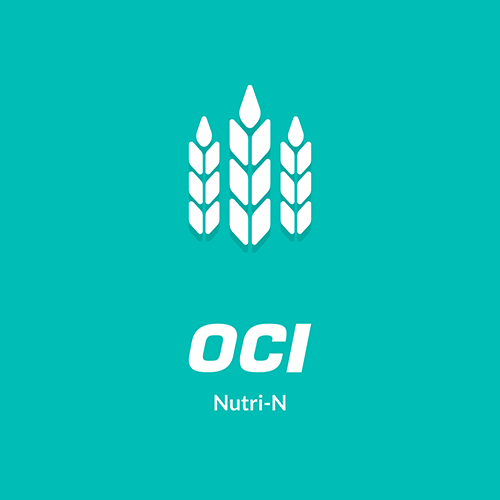Soil Analysis Report: Understanding Plant Availability, Soil Resources and Delivery Capacity
Everything you always wanted to know about the soil analysis report.
- Plant available indicates the amount that is readily available to the plant and can be taken up immediately.
- Soil stocks indicates the amount that cannot be taken up immediately by the plant but may become available in the longer term.
- The delivery capacity reflects the expected amount of plant-available nutrients produced from the soil stocks by soil life in the coming year.
- Ratio indicates the ratio of one element to another. For example, the ratio of carbon (C) to nitrogen (N) in organic matter indicates how nitrogen-rich the organic matter is. This is an indication of the amount of nitrogen that can be released during the decomposition of organic matter in the soil. The ratio of carbon (C) to nitrogen (N)/sulphur (S) reflects the quantity of nutrients such as nitrogen and sulphur that becomes available. Energy is extracted from organic matter, with organic C being converted into carbon dioxide (CO2).
- The “Unit” column shows the unit of the respective measurement. As an example, mg P2O5/100 gr gives the number of milligrams of phosphate in 100 grams of soil. The column next to it shows the result of the measurement. The Average column shows the average value for the region so that your own result can be compared with regional averages.
- The “Target range” column lists values based on national measurements by soil type and sector such as horticulture/arable farming or grassland. It indicates the ideal amount to ensure optimal growth. Next to it, the current status of the plot is shown in bar graphs. This will give you an overview of the elements and factors you could act on to improve this status.
- When you click on a line in the soil analysis report, the explanation appears.
- To see a more detailed practical explanation, click on the magnifying glass icon.


